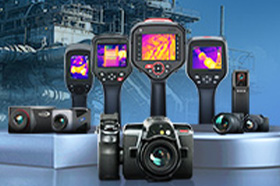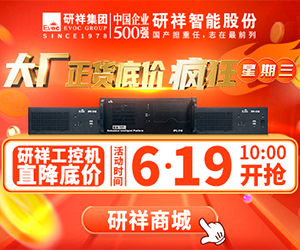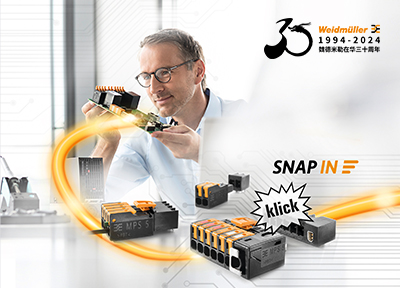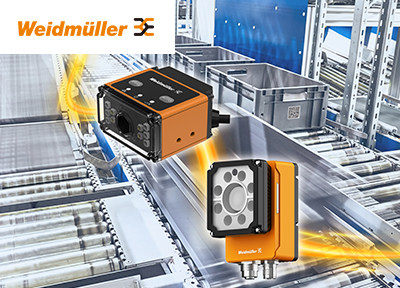Abstract
PROPOSED SIDEBAR: The term rapid prototyping can be used to mean different things for different applications. It can be used to generate 3D solid objectswww.cechina.cn, to study parts before they are fabricated in volumeCONTROL ENGINEERING China版权所有, or to test custom ASIC designs using a programmable FPGA approach. This article focuses on using rapid prototyping to test software control algorithms in a real-time environment before implementing code on an embedded processor – a common application for engineers who model an
d simulate control systems.
Over the past 10 to 15 years, software and hardware systems have been introduced and enhanced to provide rapid prototyping and hardware-in-the-loop simulation capabilities for the design of advanced electronics control systems. These design systems were embraced by companies in the automotive and aerospace industries for their prototyping speed and their ability to accelerate the design process. Advanced control algorithms could be tested in real time before the final hardware was built. Prototype electronics components could be tested in real time using a simulated environment, reducing the need for expensive or destructive test flights.
Over the past 10 to 15 years, software and hardware systems have been introduced and enhanced to provide rapid prototyping and hardware-in-the-loop simulation capabilities for the design of advanced electronics control systems. These design systems were embraced by companies in the automotive and aerospace industries for their prototyping speed and their ability to accelerate the design process. Advanced control algorithms could be tested in real time before the final hardware was built. Prototype electronics components could be tested in real time using a simulated environment, reducing the need for expensive or destructive test flights.
Recentlywww.cechina.cn, innovative companies in other industries have begun to study the demonstrated successes seen in automotive and aerospace companies. New PC-based prototyping tools have become available that provide a cost-effective alternative to the expensive proprietary systems that were first used. Because of the availability of such systemsCONTROL ENGINEERING China版权所有, washing machines, copiers, medical devices, and industrial equipment are now being designed and prototyped using Model-Based Design. Companies in these industries are seeing a similar level of success in accelerating their embedded system design processes using these advanced techniques. This article reviews some of the early industry successeswww.cechina.cn, and provides examples of recent work done in next-stage industries that will be important in advancing the state of the art in embedd


 在线会议
在线会议 论坛
论坛 专题
专题 工控直播
工控直播 新闻中心
新闻中心 子站
子站 技术
技术 社区
社区


 2025 (第十四届) 全球自动化和制造主题峰会 ·深圳站
2025 (第十四届) 全球自动化和制造主题峰会 ·深圳站 2025 Raythink燧石红外热像仪有奖试用
2025 Raythink燧石红外热像仪有奖试用.jpg) 立即获取Fluke在线红外热像仪解决方案白皮书
立即获取Fluke在线红外热像仪解决方案白皮书 2025电子及半导体智能制造创新高峰论坛
2025电子及半导体智能制造创新高峰论坛.jpg) 电机与变频驱动故障排除白皮书免费下载
电机与变频驱动故障排除白皮书免费下载































